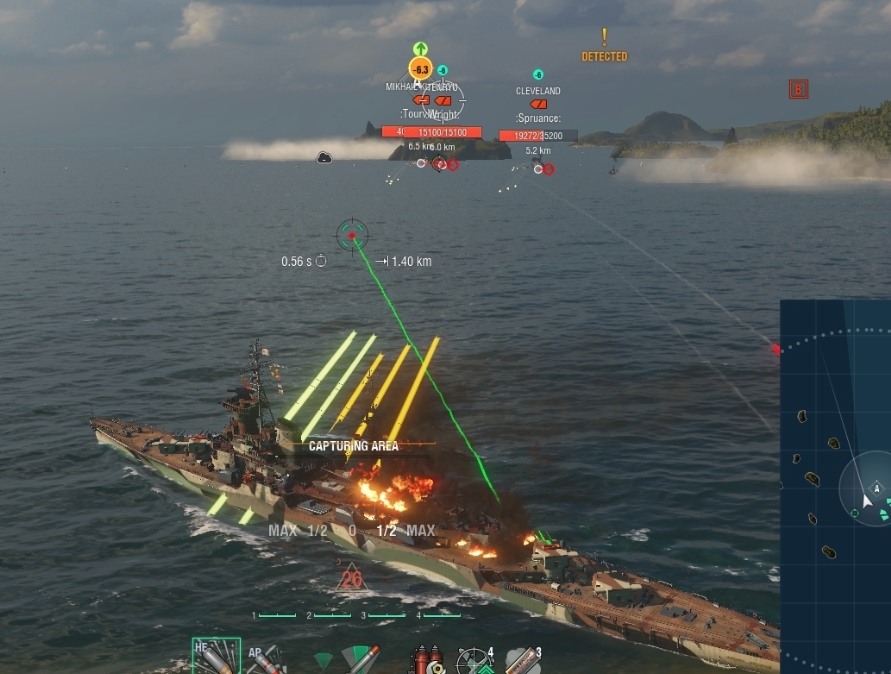
The war also saw the development of the first guided bombs, which would make it much easier for aircraft to sink battleships in the future. Instead, they were used to add to fleet air defense, for shore bombardment, and in several cases as fixed port defense batteries.īattleships remained the most heavily protected ships afloat nonetheless, sixteen were sunk or crippled by bombs or torpedoes delivered by aircraft, while three more were sunk by submarine-launched torpedoes. There were just two engagements in the Pacific Theater when battleships fought each other, and only three such engagements in the Atlantic. The resultant Pacific War saw aircraft carriers and submarines take precedence. Some pre-war commanders had seen the aircraft carrier as the capital ship of the future, a view which was reinforced by the devastating Pearl Harbor attack in 1941. By the end of the war, battleship construction was all but halted, and almost every remaining battleship was retired or scrapped within a few years of its end. At the outbreak of the war, large fleets of battleships-many inherited from the dreadnought era decades before-were one of the decisive forces in naval thinking.

World War II saw the end of the battleship as the dominant force in the world's navies.

German battleship Schleswig-Holstein, shelling Westerplatte in Poland on 1 September 1939


 0 kommentar(er)
0 kommentar(er)
